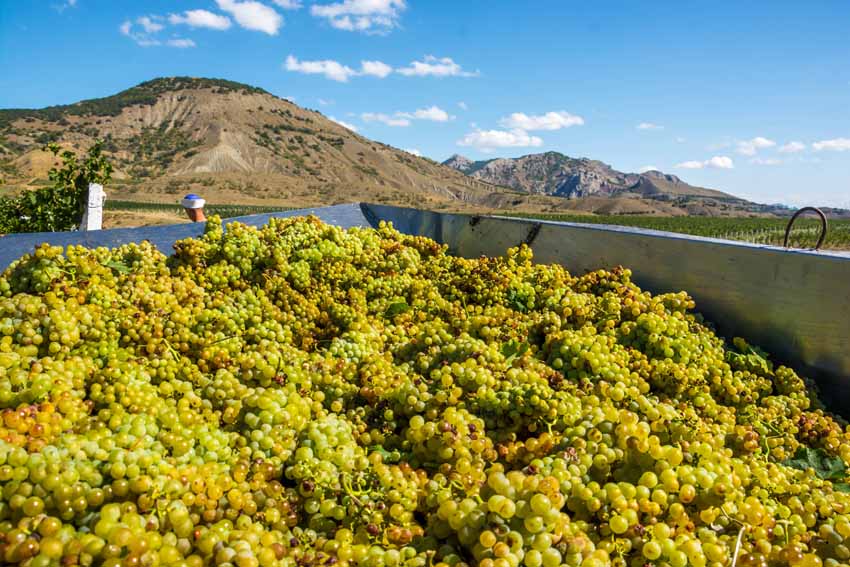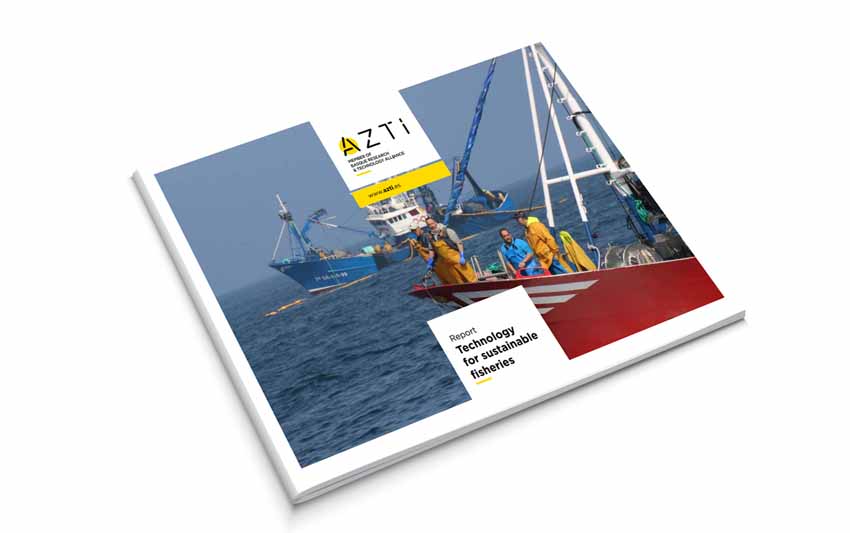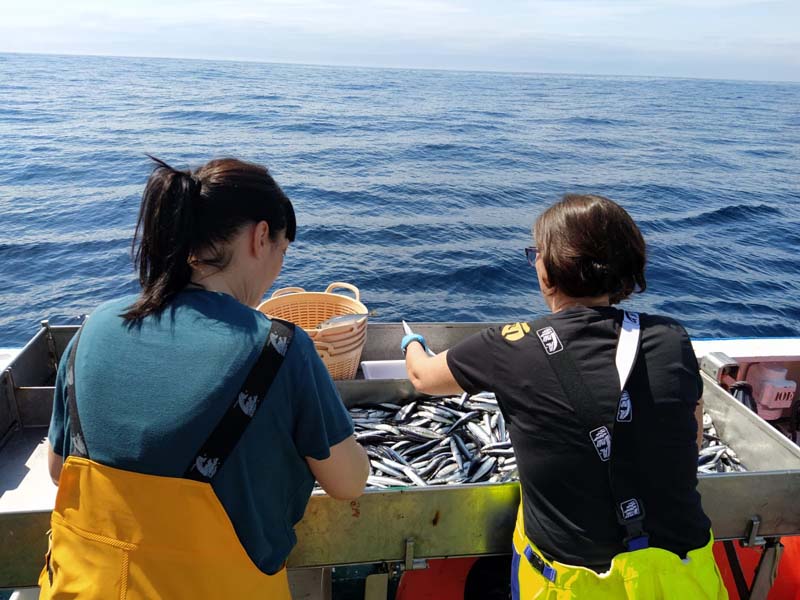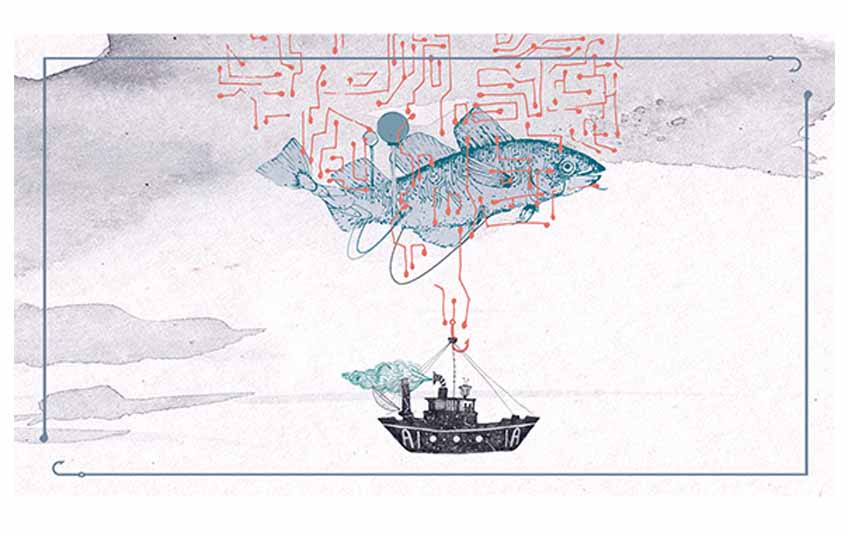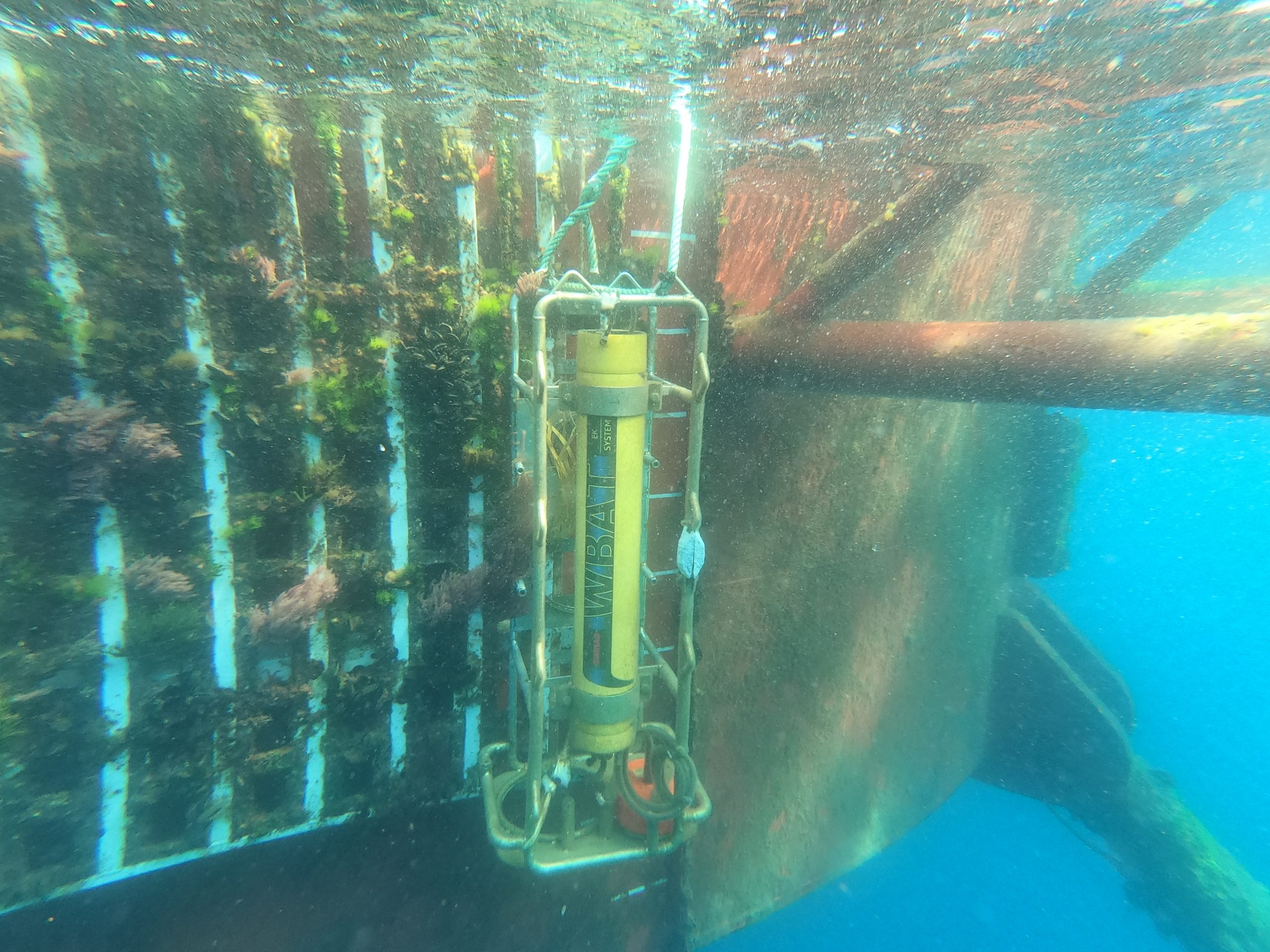Effects of climate change on the sea: extreme phenomena will increase and biodiversity will be redistributed in the Bay of Biscay (according to a report led by AZTI )
Últimas noticias
Una mirada LGTBIQ+ al reino animal
Circular Economy in Action: Valorisation of By-products through Projects like PRIMA NEWFEED
Strategic Perspectives: Highlights from the Food4Future World Summit for Business Leaders
- The work, carried out with the support of the LIFE Integrated Urban Klima 2050 project, detects alterations associated with climate change and an increase in extreme events.
- In addition, the results indicate that the warming of the sea and air has had an impact on the benthic community of the Basque coast.
- Knowledge of the effects of climate change on the sea makes it possible to determine strategies for adapting to these effects, and to establish mitigation measures.
The effects of climate change on the sea and coastal areas, such as global warming of the oceans, extreme wave events and the acceleration of sea level rise, are a reality on the Basque coast, as shown by a report led by AZTI that warns of changes in the climate pattern and the redistribution of biodiversity in the Bay of Biscay.
The aim of the study, carried out with the support of the integrated LIFE Urban Klima 2050 project and published in the specialised journal Science of the Total Environment, is to carry out a time series analysis of climate change indicators in the Bay of Biscay, including the Basque coast. An integrated and flexible methodology, based on Generalised Additive Mixed Models, has been used to detect trends in 19 indicators (including marine physics, chemistry, atmosphere, hydrology, geomorphology, biodiversity and commercial species). More than half a million observations have been made from 87 time series analysed over the long term (the last four decades), and the research results indicate four clusters of climate regime changes:
- A gradual change associated with climate change has been observed since the 1980s, with a warming of the sea surface up to 100 m depth in the bay (0.10-0.25 °C per decade), as well as an increase in air temperature and insolation. This warming may have had an impact on the redistribution of the benthic community along the Basque coast, favouring warm-water species over cold-water species. Furthermore, the weight-at-age of anchovy and sardine has decreased over the last two decades.
- An increased depth of the winter mixed layer in the southeastern part of the bay, which has probably led to an increase in nutrients, surface oxygen and chlorophyll concentration.
- A rise in sea level (1.5-3.5 cm per decade since the 1990s), associated with climate change.
- An increase in extreme wave height events of 16.8 cm per decade in the southeast Bay, probably related to the storm conditions of the last decade, and impacts on beach erosion.
Studies such as this one are helping to estimate the exact rates of sea warming, sea level rise and extreme events, as well as to forecast future trajectories of marine productivity, key indicators for defining the best adaptation measures to these negative effects of climate change in the region and establishing mitigation measures to minimise impacts.
